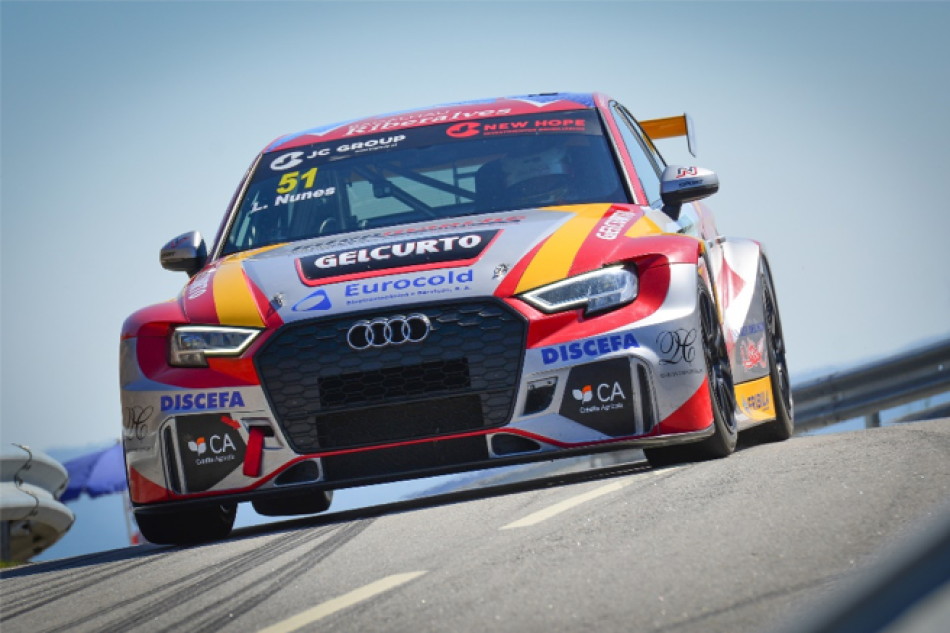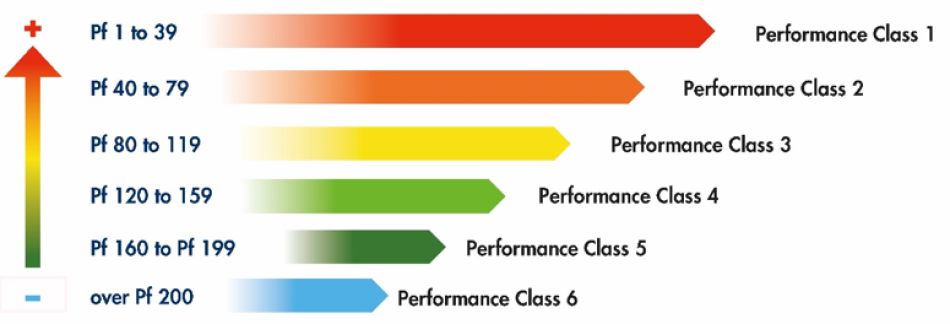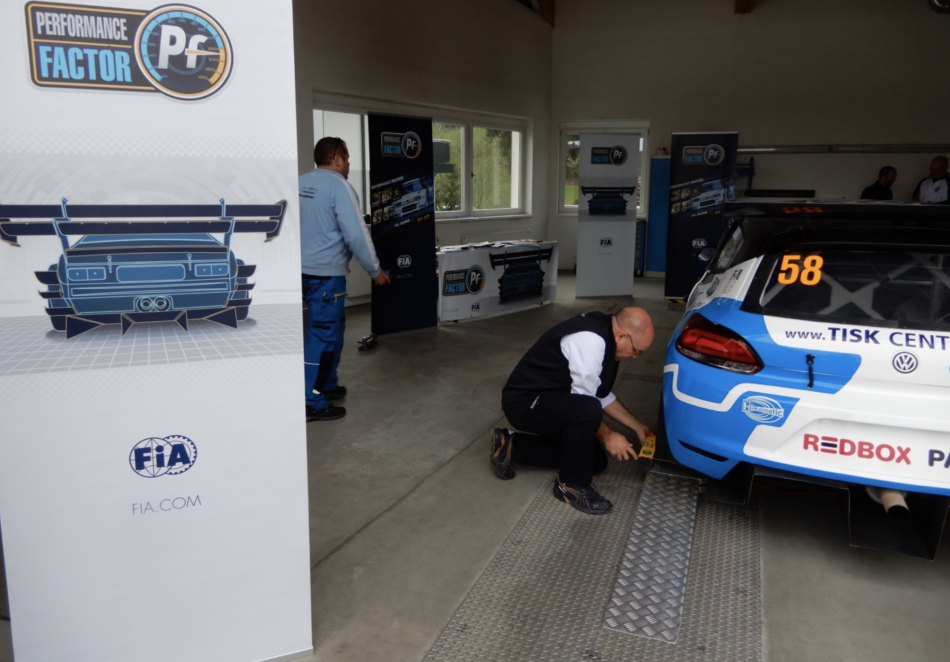Hill Climb - Initial signs promising for the performance factor
The trial phase of the “Pf” (Performance Factor) is well under way in the FIA European Hill Climb Championship, and early signals are encouraging.

Hill climb events have a characteristic which is unrivalled elsewhere: they host a wide variety of racing cars, be they single-seaters, sports cars, GTs or of course, touring cars. These cars come from the rally and circuit disciplines, or may even be ‘made to measure’ for hill climb events. For the passionate hill climb fan, every event is a treat. And for the casual spectator, it is the ideal occasion to discover and admire, in the same place and on the same day, almost the entire gamut of styles, silhouettes and sounds that exist in the world of motor sport.
That being said, given that it welcomes so much variety, the discipline sometimes loses itself in the regulatory maze specific to each type of racing car that is eligible. Diversity is an asset, indeed, it may even be considered essential in hill climb, but it creates a certain degree of complexity in the rules and results, which needs to be dealt with. Against this backdrop and the desire for simplification, the Pf concept was born. It is a new formula for categorising cars, the calculation of which is based on the application of a performance value for each car according to its weight and a certain number of technical parameters (engine size, number of valves, sump type, number of gears, etc.) and easily measurable physical data (wheelbase, track, wheel diameter, overhang, wing height, etc.).
Each driver must enter each parameter (35 in total) into a calculator that is available online (www.fiaperformancefactor.com) to obtain the Pf value for his car. This value serves to determine the class in which the car will compete.
Since the beginning of the current season, drivers of so-called ‘closed’ cars entered in the FIA European Hill Climb Championship have had to calculate the Pf of their cars and declare them before each competition. At the race locations themselves, an FIA team is present to guide the competitors, help them to get to grips with the concept, and conduct results simulations using the Pf classification. Virtual classifications have thus been published following the events in Rechberg (click
), Falperra (click ) and Al Fito (click ).The data collected during these first competitions is encouraging: the Pf values issued by the online calculator are coherent when compared with the degrees of preparation and the performance of the cars concerned, and quite faithfully reflect the established hierarchy of the drivers and their machines.
While the mathematical formula that generates the Pf values is practically settled, the definition of the future classes and the distribution of the cars remains subject to analysis and experimentation. Currently, the virtual classifications are produced based on six classes, provisionally separated by bands of 40 Pf points:

Class ranking used on a trial basis in 2019, which will be adjusted for the 2020 season.
Naturally, Class 1 is made up of high performance cars, such as the “silhouette” cars from Group E2-SH (Mercedes SLK340 Judd, Audi TT-R DTM, Renault RS01, etc.) and GT (McLaren GT3, Ferrari 458 GT3, etc.). In addition to the simplification of the categories and scrutineering, the Performance Factor concept is also intended to be as inclusive as possible. The current format of the FIA European Hill Climb Championship is strictly limited to cars that have been subject to voluntary FIA homologation by the manufacturers, which, de facto, limits the number of eligible models. Through this Pf concept, every car, whether it is homologated or not, will be eligible, as long as it meets the safety standards laid down in the FIA’s Appendix J. Class 1 mentioned above could thus be broadened to include the most extreme so-called “E1” cars and GTs from single-make categories. The other classes could also be extended to include touring cars from a wide range of different backgrounds, such as TCR, single-make cups and models that remain highly competitive even though their homologation has lapsed.
According to the data gathered since the start of the season, all the Mitsubishi Lancer Evo IXs and Xs that are currently registered in Group N are within eight Pf points of each other (108 to 116). The variations are mainly due to differences in weight, which is an essential parameter in the calculation of the Pf value of each car. It should be noted that the weight used is that of the car with the driver on board, rather than the car on its own. Furthermore, any modification made to the car, to improve its Pf value, will not depend on its homologation form: the driver will be able to modify his car in order to better position it in the Pf class of his choice, a priori the most beneficial for his car, skill level and budget.
The Pf trial will continue for each of the eight remaining events of the 2019 FIA European Hill Climb Championship, before being fully applicable in 2020.
For more information about the Performance Factor concept, please visit the following web page:
www.fia.com/performance-factor


 Facebook
Facebook Twitter
Twitter






